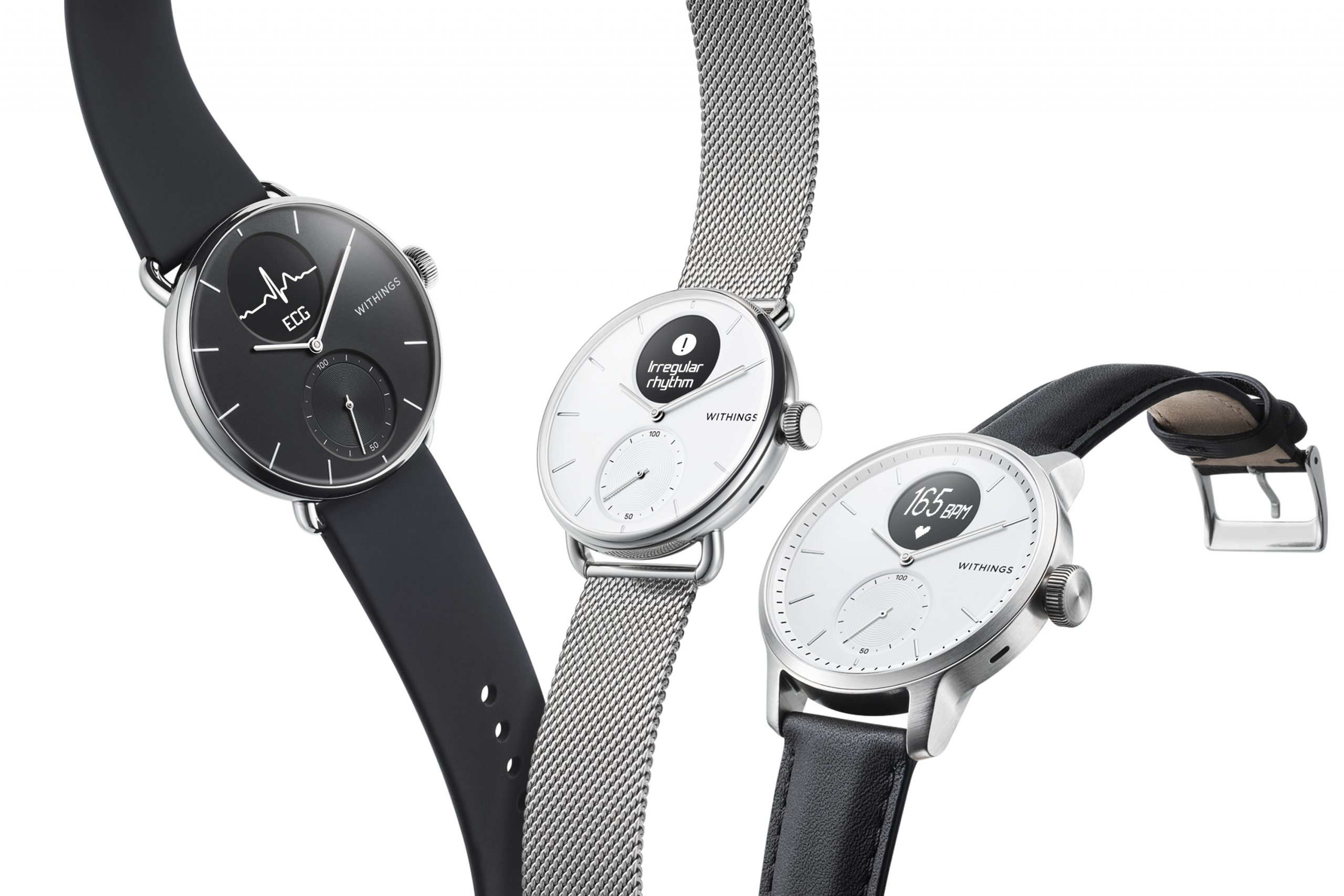
Heart rate tracking is popular in the fitness community as a way to gauge effort and fitness level. But while tracking heart rate during exercise can help improve fitness, tracking heart rate at rest can give you insight into your heart health.
What is resting heart rate, and why is it important to track? Below we address a few commonly asked questions about resting heart rate and how it can help you assess your cardiovascular health.
What is resting heart rate?
Resting heart rate is the number of times your heart beats per minute during periods of inactivity. By taking your heart rate when you’re sedentary, you can measure the least amount of work your heart can do to sustain life when you are awake.
What is the best way to measure resting heart rate?
One of the best times to take your resting heart rate is when you first wake up in the morning, while you’re still lying down. This heart rate will be indicative of your lowest possible heart rate while not sleeping. The American Heart Association suggests taking your pulse from your wrist, the inside of your elbow, the side of your neck, or the top of your foot.
You can also take your heart rate using the Withings Health Mate app. Simply tap the + sign, select Heart Rate, and place your finger over the light on your phone’s camera until it detects your pulse.
What is a healthy resting heart rate?
A healthy heart rate is often considered between 60-100 beats per minute. However, more recent studies have found that 50-85 bpm is a more optimal range. In fact, having a heart rate lower than 60 is often an indicator of good cardiovascular fitness. For example, an endurance athlete might have a resting heart rate of 40. A resting heart rate of under 40 or over 100 could indicate pathology, so it is important to see a doctor if you experience this.
Why is resting heart rate a good indicator of cardiovascular health?
As previously mentioned, a low heart rate can be a good indicator of physical fitness or health. The healthier you are, the stronger and more powerful your heart is, and the less hard it has to work to circulate oxygen-rich blood to your body’s muscles.
On the other hand, a high resting heart rate can be a warning sign for potential medical problems. Cardiovascular disease is one of the leading causes of death in the United States, and a high resting heart rate could mean you’re at a greater risk for heart problems. Furthermore, according to the Journal of the American College of Cardiology, resting heart rate can be “an independent predictor of cardiovascular and all-cause mortality in men and women with and without diagnosed cardiovascular disease.”
How can you lower your resting heart rate?
Most importantly, add some cardiovascular exercise to your daily routine. This is one of the best ways to strengthen your heart and reduce your risk of heart disease. According to Yale professor Dr. John Elefteriades, “Exercise increases your heart’s efficiency, reducing the number of heartbeats you need to achieve blood flow.”
Maintaining a healthy weight is also an important factor in keeping your resting heart rate within a healthy range. Being overweight means the heart has to work harder when your move, or even stand. Regular exercise may help you maintain a healthy weight, but eating a healthy, nutrient-dense diet is also very important.
Another way to decrease your resting heart rate is to cut back on caffeine. If you’re a heavy coffee or soda drinker, your heart rate is likely higher than it needs to be. Minimizing your intake can help reduce reduce this effect.
It’s important to keep in mind other factors that can impact resting heart rate. Certain medications, such as beta blockers, can lower it, while smoking or dehydration can cause your pulse to increase.



